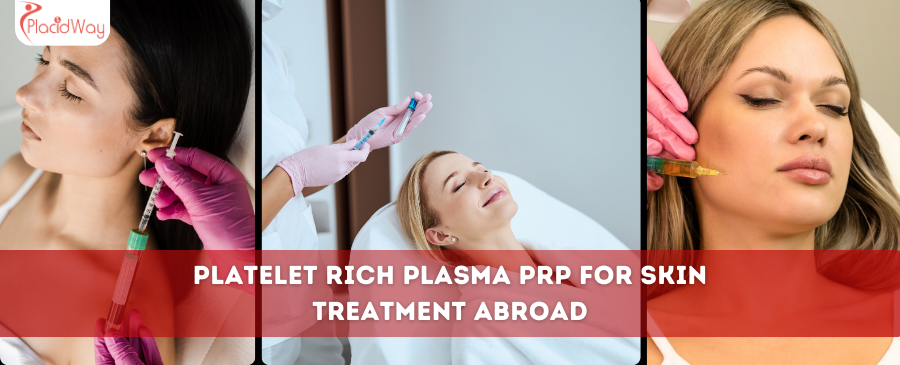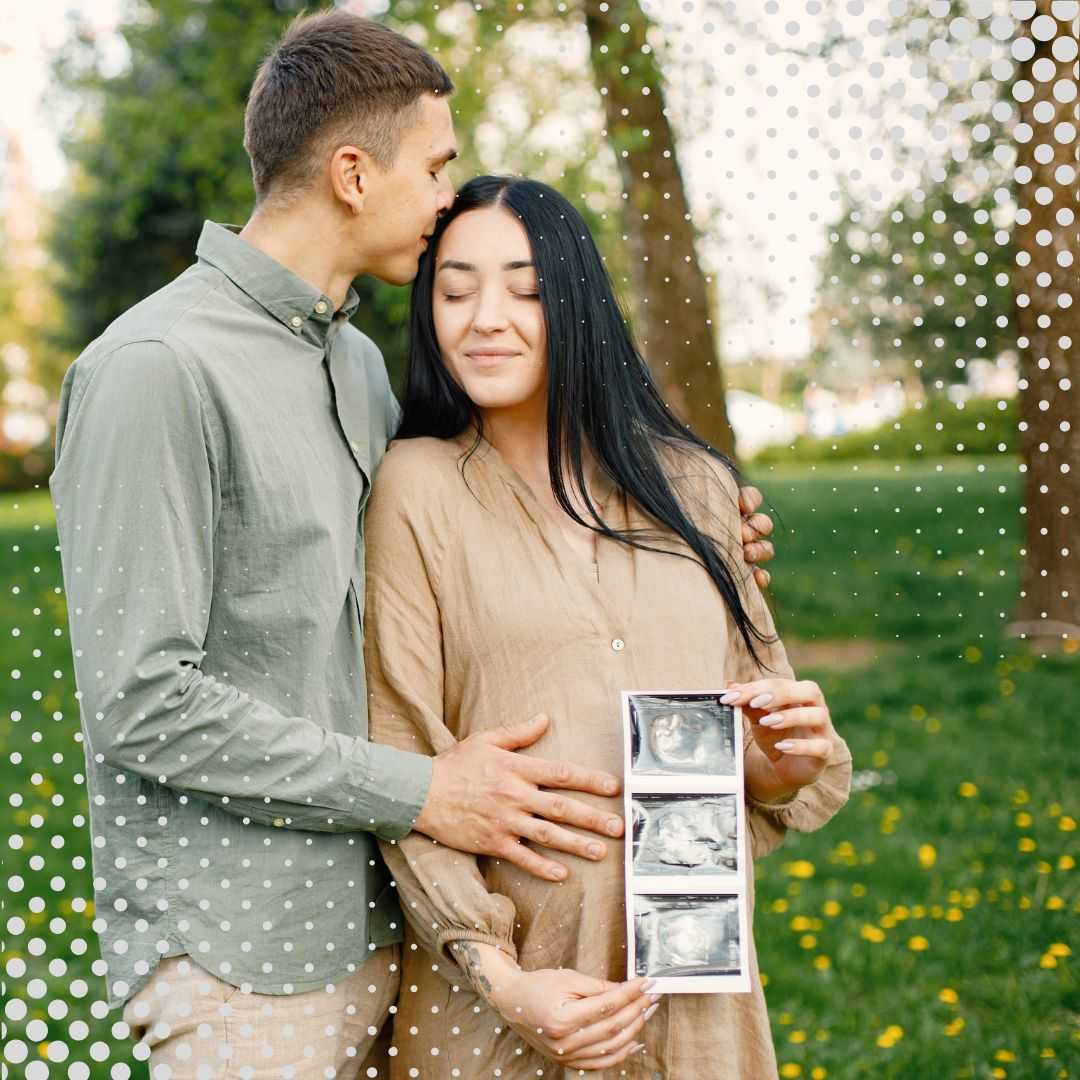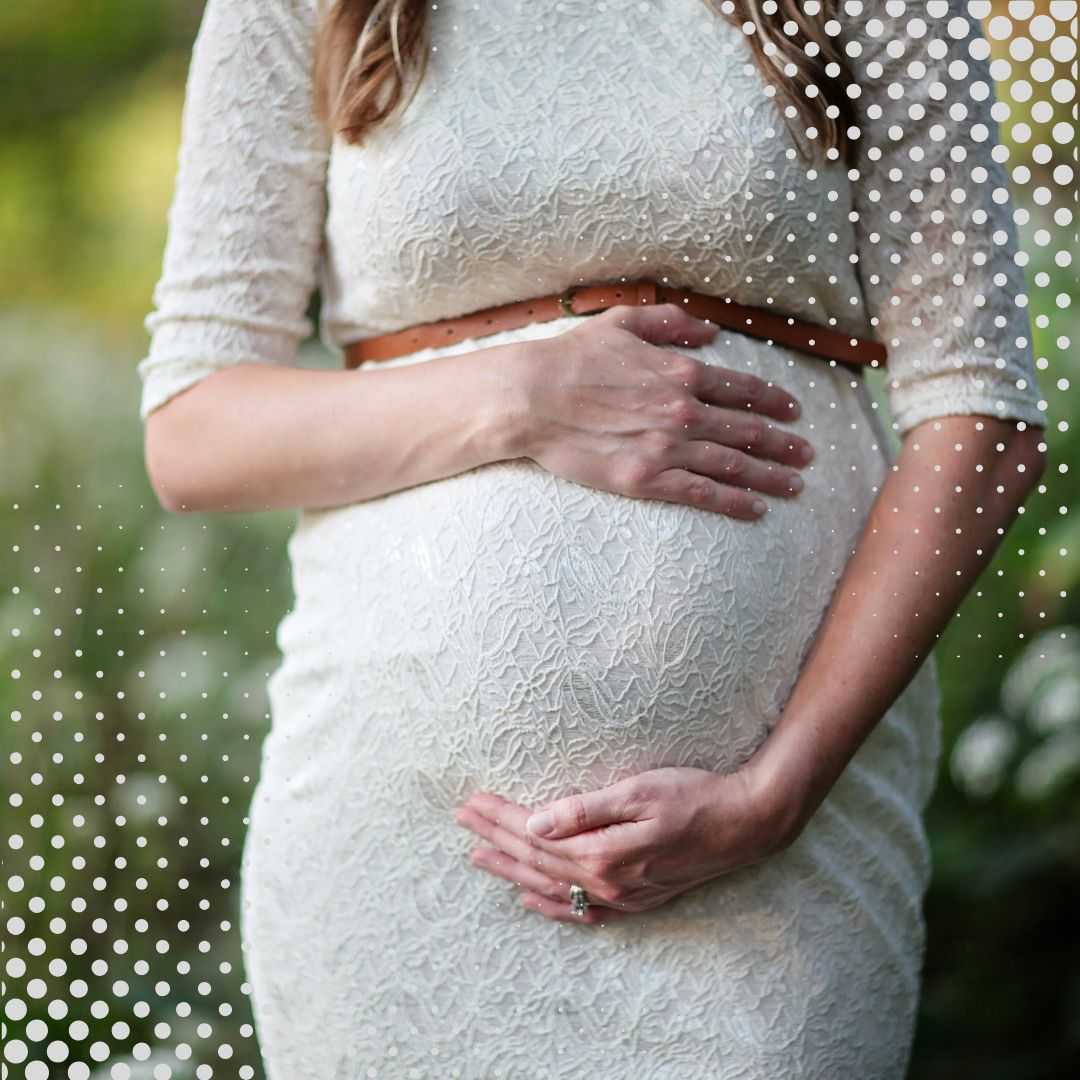
Unlock Your Skin's Natural Radiance: The Power of PRP Rejuvenation
Are you looking for a natural way to revitalize your skin, diminish the signs of aging, or address stubborn imperfections? Platelet-Rich Plasma (PRP) for skin rejuvenation, often called the "Vampire Facial," has emerged as a groundbreaking solution, harnessing your body's inherent healing capabilities to restore a youthful, radiant complexion. If you've been searching for "natural skin rejuvenation," "PRP for face benefits," or "how to reduce wrinkles naturally," you've found a powerful answer.
Our skin is a living canvas, constantly exposed to environmental stressors and the natural process of aging. Over time, factors like sun exposure, pollution, stress, and declining collagen production can lead to fine lines, wrinkles, uneven tone, and dullness. While many treatments offer temporary fixes, PRP stands out by stimulating genuine cellular regeneration.
This innovative procedure involves drawing a small amount of your blood, processing it to concentrate the platelets (rich in growth factors), and then reintroducing this powerful plasma into your skin. These growth factors act like a symphony conductor, orchestrating a cascade of healing responses that boost collagen and elastin production, improve blood supply, and accelerate tissue repair. The result? Firmer, smoother, brighter skin that looks and feels naturally refreshed.
For those considering "PRP skin treatment" or "Vampire Facial" and exploring options globally, medical tourism offers an enticing opportunity. It allows you to access world-class facilities and expert practitioners at a fraction of the cost, often combined with a rejuvenating travel experience. This guide will delve deep into everything you need to know about PRP for skin, from what it treats to why exploring treatment abroad might be your best option.
What skin concerns can Platelet-Rich Plasma (PRP) treatment address?
PRP for skin is a versatile treatment that can significantly improve a range of common dermatological concerns. Patients often search for solutions to "PRP for wrinkles," "PRP for fine lines," "PRP for acne scars," or general "dull skin treatment." Here's a closer look at the "symptoms" PRP can help alleviate:
- Fine Lines and Wrinkles: One of the most sought-after benefits. PRP stimulates collagen and elastin production, which are crucial for skin elasticity and firmness. This helps to smooth out forehead lines, crow's feet, smile lines, and neck wrinkles.
- Uneven Skin Tone and Texture: PRP can improve overall skin texture, making it smoother and more refined. It can also help reduce hyperpigmentation, sunspots, and melasma, leading to a more uniform complexion.
- Acne Scars: For individuals struggling with atrophic (depressed) acne scars, PRP can be particularly effective. The growth factors promote tissue regeneration, helping to fill in these indentations and create a smoother surface.
- Sun Damage and Photoaging: Years of sun exposure can lead to premature aging, characterized by fine lines, wrinkles, age spots, and a leathery texture. PRP helps repair damaged skin cells and stimulates new, healthy cell growth.
- Dull, Lackluster Skin: If your skin has lost its youthful glow and appears tired, PRP can enhance blood circulation and cellular turnover, restoring a vibrant, healthy radiance.
- Large Pores: By improving overall skin health and elasticity, PRP can contribute to a reduction in the appearance of enlarged pores.
- Dark Under-Eye Circles: While not a primary treatment for severe genetic dark circles, PRP can improve skin thickness and microcirculation under the eyes, reducing the appearance of hollowness and discoloration.
Think of PRP as giving your skin a natural boost, encouraging it to repair and rejuvenate itself from within, much like a gardener fertilizes the soil for healthier plants.
What causes skin aging and damage that PRP can help improve?
Understanding the "causes of wrinkles" and "why does skin age" is key to appreciating how PRP works. Skin aging is a complex process influenced by both internal (intrinsic) and external (extrinsic) factors:
- Intrinsic Aging (Natural Aging): This is the chronological aging process determined by genetics. As we get older, our bodies naturally produce less collagen and elastin – the proteins responsible for skin's firmness and elasticity. Cell turnover slows down, leading to a duller complexion, thinner skin, and reduced healing capacity.
- Extrinsic Aging (Environmental Factors): These are external influences that accelerate aging:
- UV Radiation (Sun Exposure): The primary culprit. UV rays break down collagen and elastin fibers, lead to sunspots, uneven pigmentation, and contribute to the formation of fine lines and deep wrinkles. This is why people often look for "sun damage repair."
- Pollution: Environmental pollutants generate free radicals that damage skin cells, leading to premature aging and a compromised skin barrier.
- Smoking: Nicotine constricts blood vessels, reducing oxygen and nutrient supply to the skin, while chemicals in smoke damage collagen and elastin.
- Diet and Hydration: A diet high in sugar and processed foods can lead to glycation, damaging collagen. Insufficient hydration also impacts skin plumpness and elasticity.
- Stress: Chronic stress can trigger inflammation and hormone imbalances that negatively affect skin health.
PRP intervenes by supplying a concentrated dose of growth factors that stimulate fibroblasts (cells that produce collagen and elastin) and promote the formation of new blood vessels. This effectively helps to repair damage caused by both intrinsic and extrinsic factors, rejuvenating the skin's structure and function.
What types of PRP skin rejuvenation procedures are available?
When you look up "PRP facial vs injections" or "Vampire Facial explained," you'll find there are a few ways PRP can be applied to the skin, often tailored to individual needs:
- PRP Injections:
- How it works: Concentrated PRP is directly injected into specific areas of concern, such as fine lines, wrinkles, acne scars, or under-eye hollows.
- Best for: Targeting deeper wrinkles, specific scars, or areas needing more focused volume and regeneration. It allows for precise delivery of growth factors to problem spots.
- PRP with Microneedling (The "Vampire Facial"):
- How it works: This is perhaps the most popular method. First, a microneedling device creates thousands of tiny, controlled micro-injuries on the skin's surface. These micro-channels allow for deeper penetration of the PRP, which is then applied topically and massaged into the skin. The microneedling itself stimulates collagen production, and the PRP amplifies this effect significantly.
- Best for: Overall skin texture improvement, reducing pore size, evening out skin tone, addressing fine lines, and improving mild-to-moderate acne scars. It covers a larger surface area and combines mechanical stimulation with biological regeneration.
- PRP for Hair Restoration (Briefly): While this guide focuses on skin, it's worth noting that PRP is also highly effective for stimulating hair growth and treating hair loss, demonstrating its broader regenerative capabilities.
Many clinics combine these methods or offer variations. Your practitioner will recommend the best approach based on your skin concerns and desired outcomes.
Am I a good candidate for PRP skin treatment?
If you're asking "who can get PRP facial" or "is PRP right for me," here's what typically makes someone a good candidate:
- Overall Good Health: You should be generally healthy with no severe underlying medical conditions that could impair healing.
- Specific Skin Concerns: You are bothered by fine lines, mild to moderate wrinkles, uneven skin tone or texture, sun damage, or acne scars.
- Realistic Expectations: PRP provides natural, gradual improvements rather than dramatic, immediate changes. It’s about enhancing your skin’s health and appearance over time.
- Seeking Natural Solutions: You prefer treatments that utilize your body’s own healing mechanisms rather than synthetic fillers or more invasive procedures.
However, there are certain "PRP contraindications" where the treatment may not be suitable:
- Active Skin Infections or Cold Sores: Treatment should be postponed until the infection has cleared.
- Blood Disorders: Conditions like platelet dysfunction syndromes, critical thrombocytopenia, hypofibrinogenemia, or anemia can affect the efficacy or safety of PRP.
- Certain Medications: Blood thinners (anticoagulants), long-term oral steroids, or NSAIDs (like Advil, ibuprofen) in the days leading up to treatment can interfere with platelet function.
- Cancer (especially active cancer or chemotherapy): PRP is generally not recommended for patients undergoing cancer treatment.
- Pregnancy or Breastfeeding: As with many cosmetic procedures, PRP is generally avoided during these periods due to insufficient safety data.
- Autoimmune Diseases: Depending on the specific condition, PRP might be contraindicated.
A thorough consultation with a qualified practitioner is essential to determine your eligibility and ensure your safety.
What is the typical recovery time and what can I expect after PRP for skin?
Understanding "PRP facial recovery" and "how long does PRP take to heal" is crucial for planning your treatment. One of the advantages of PRP is its relatively quick recovery:
- Immediately After Treatment: You will likely experience mild to moderate redness and sensitivity, similar to a sunburn. There might also be some swelling, especially if injections were performed. This typically subsides within 24-48 hours.
- Days 1-3: Redness and swelling should diminish. Small bruises might appear at injection sites, which can take up to a week to fade. Your skin may feel tighter or slightly dry as it begins the healing process.
- First Week: You should avoid direct sun exposure, strenuous exercise, and aggressive skincare products. Gentle cleansing and moisturizing are key. Makeup can usually be applied after 24-48 hours.
- When to Expect Results ("when do PRP results show"):
- Initial Glow: Many patients notice an immediate glow and improved hydration within the first week due to increased blood flow.
- Long-Term Improvement: The real magic of PRP unfolds gradually. New collagen and elastin production takes time, so significant improvements in texture, tone, and fine lines become noticeable after 3-6 weeks and continue to improve over several months.
- Multiple Sessions: For optimal results, a series of 3 sessions, spaced 4-6 weeks apart, is often recommended. Maintenance treatments every 6-12 months can prolong the benefits.
Your practitioner will provide specific "PRP aftercare" instructions, which may include using gentle cleansers, hydrating serums, and diligent sun protection. Following these guidelines will help ensure the best possible outcome.
What are the potential risks and side effects of PRP for skin treatment?
Many patients ask, "is PRP safe for face" and "PRP side effects." Because PRP uses your body's own blood components, the risk of allergic reactions or rejection is virtually non-existent, making it a very safe procedure when performed correctly. However, like any medical treatment, there are potential "PRP risks" and side effects:
- Common and Temporary Side Effects:
- Redness and Swelling: Expected and resolves within 1-3 days.
- Bruising: Possible at injection sites, fading within a week.
- Mild Discomfort: During and immediately after the procedure. Topical numbing cream is used to minimize this.
- Tenderness: The treated area might feel sensitive for a few days.
- Rare Side Effects:
- Infection: A very rare risk if proper sterile techniques are not followed. This is why choosing an accredited clinic and experienced practitioner is vital.
- Nerve Damage or Vascular Injury: Extremely rare, typically associated with improper injection techniques.
- Scarring: Also very rare, particularly with microneedling, if the skin is over-treated or if aftercare is neglected.
- Temporary Pigmentation Changes: Especially in individuals with darker skin tones, temporary hyperpigmentation can occur if proper sun protection is not used after treatment.
The key to minimizing risks is to choose a highly qualified and experienced medical professional who adheres to strict hygiene and safety protocols. Discuss your full medical history during your consultation to ensure the treatment is right for you.
How much does PRP for skin rejuvenation cost worldwide?
The "PRP facial cost" or "Vampire Facial price" is a major factor for many patients, especially those considering "affordable PRP treatment." Costs can fluctuate widely based on several factors:
- Geographic Location: Prices are generally highest in North America, Western Europe, and Australia.
- Clinic Reputation and Expertise: Highly experienced practitioners and renowned clinics often charge more.
- Number of Sessions Required: A single session typically costs less upfront, but a package of 3 sessions might offer better overall value.
- Combination Therapies: If PRP is combined with other treatments (e.g., specific serums, other laser treatments), the total cost will increase.
- Included Services: Some packages might include follow-up consultations or post-treatment products.
Here's a general cost comparison (per session, approximate):
| Region/Country | Approximate Cost per PRP Session (USD) |
|---|---|
| United States | $700 - $2,500 |
| Canada | $600 - $1,800 |
| United Kingdom | $500 - $1,500 |
| Western Europe (e.g., France, Germany) | $500 - $1,500 |
| Turkey (Medical Tourism Hotspot) | $300 - $800 |
| Mexico (Medical Tourism Hotspot) | $250 - $700 |
| Thailand (Medical Tourism Hotspot) | $300 - $800 |
| Colombia (Medical Tourism Hotspot) | $200 - $600 |
| South Korea (Aesthetic Hub) | $400 - $1,000 |
These figures highlight why "PRP abroad" and "medical tourism for skin" are increasingly popular – the savings can be substantial, especially when considering a full course of treatment.
Why should I consider PRP for skin rejuvenation abroad?
The allure of "affordable cosmetic procedures overseas" is strong, and for good reason. Choosing to undergo PRP for skin rejuvenation abroad offers a compelling combination of advantages:
- Significant Cost Savings: As seen in the table above, the primary driver for medical tourism is often the dramatic cost difference. Patients can save anywhere from 30% to 70% or more compared to prices in their home countries, even after factoring in travel and accommodation.
- Access to World-Class Expertise and Technology: Many medical tourism destinations boast internationally accredited hospitals and clinics equipped with state-of-the-art technology and staffed by highly trained, English-speaking specialists who are leaders in aesthetic medicine.
- Reduced Wait Times: In some countries, long waiting lists for cosmetic procedures can be frustrating. Traveling abroad often means you can schedule your treatment much sooner.
- Privacy and Discretion: For some, undergoing cosmetic procedures away from their home environment offers a greater sense of privacy and anonymity.
- Combination with a Vacation: A major draw is the ability to combine your treatment with a rejuvenating holiday. Imagine recovering in a beautiful, serene environment, turning a medical appointment into a wellness retreat.
- Comprehensive Care Packages: Many international clinics and medical tourism facilitators (like PlacidWay) offer all-inclusive packages that cover treatment, accommodation, airport transfers, and even post-procedure care, simplifying the entire process.
It's about making advanced skincare accessible and turning the journey into an enriching experience.
Which countries offer the best value and quality for PRP skin treatments?
If you're searching for "best countries for PRP facial" or "PRP in Turkey," these destinations consistently stand out for offering a compelling blend of affordability, quality, and patient experience:
- Turkey: A leading destination for medical tourism, particularly in Istanbul. Turkey boasts numerous JCI-accredited hospitals and clinics with highly skilled dermatologists and aesthetic doctors. The prices are exceptionally competitive, and the country offers rich cultural experiences.
- Mexico: Especially popular for North American patients due to its geographical proximity. Cities like Tijuana, Cancun, and Guadalajara offer modern facilities, experienced practitioners, and significant cost savings on treatments like PRP.
- Thailand: Known for its exceptional hospitality and advanced medical infrastructure, particularly in Bangkok and Phuket. Thailand offers a holistic approach to wellness, high-quality care, and very attractive prices, often combined with a luxurious recovery experience.
- Colombia: Emerging as a strong contender in Latin America, with Bogota and Medellin offering top-tier aesthetic clinics. Colombian doctors are well-regarded for their training, and the country provides excellent value.
- South Korea: A global leader in aesthetic medicine and innovation. While potentially slightly higher in cost than some other destinations, South Korea offers cutting-edge techniques, unparalleled expertise, and a meticulous approach to beauty, especially for those seeking the latest advancements.
These countries have built reputations for providing excellent medical care and patient satisfaction, making them reliable choices for your PRP journey.
How can I ensure safety and quality when getting PRP treatment abroad?
Ensuring "safe medical tourism PRP" is paramount. While many international clinics offer excellent care, due diligence is key. Here's how to safeguard your experience:
- Look for International Accreditations: Prioritize clinics accredited by reputable international bodies like the Joint Commission International (JCI). This signifies adherence to global standards of patient safety and quality of care.
- Research Your Practitioner: Verify your doctor's qualifications, board certifications, experience with PRP, and their professional affiliations. Ask for before-and-after photos of their previous PRP patients.
- Read Patient Reviews and Testimonials: Look for independent reviews on platforms beyond the clinic's own website. Patient experiences can provide valuable insights into the quality of care and service.
- Transparent Communication: Ensure the clinic provides clear, detailed information about the procedure, potential risks, expected outcomes, and pricing (including any hidden costs). Ask if they offer consultations in your language.
- Facility Standards: Inquire about the clinic's hygiene protocols, equipment, and overall environment. Reputable clinics will be clean, modern, and well-maintained.
- Understand Aftercare and Follow-up: Confirm what post-procedure care is included and how follow-up consultations will be managed, especially after you return home.
- Utilize a Reputable Medical Tourism Facilitator: Companies like PlacidWay specialize in connecting patients with trusted, vetted clinics and doctors worldwide. They can assist with travel arrangements, accommodation, language support, and ensure you receive comprehensive care, acting as a crucial intermediary for "medical tourism quality checks."
By taking these steps, you can significantly enhance the safety and success of your PRP journey abroad, allowing you to focus on your rejuvenation.
Take the Next Step with PlacidWay
Ready to explore treatment options abroad? Discover top clinics, compare prices, and get a free quote tailored to your needs with PlacidWay.
Anti-aging | A world-renowned Antiaging facility





.jpg)
.png)
.jpg)
.png)

Share this listing